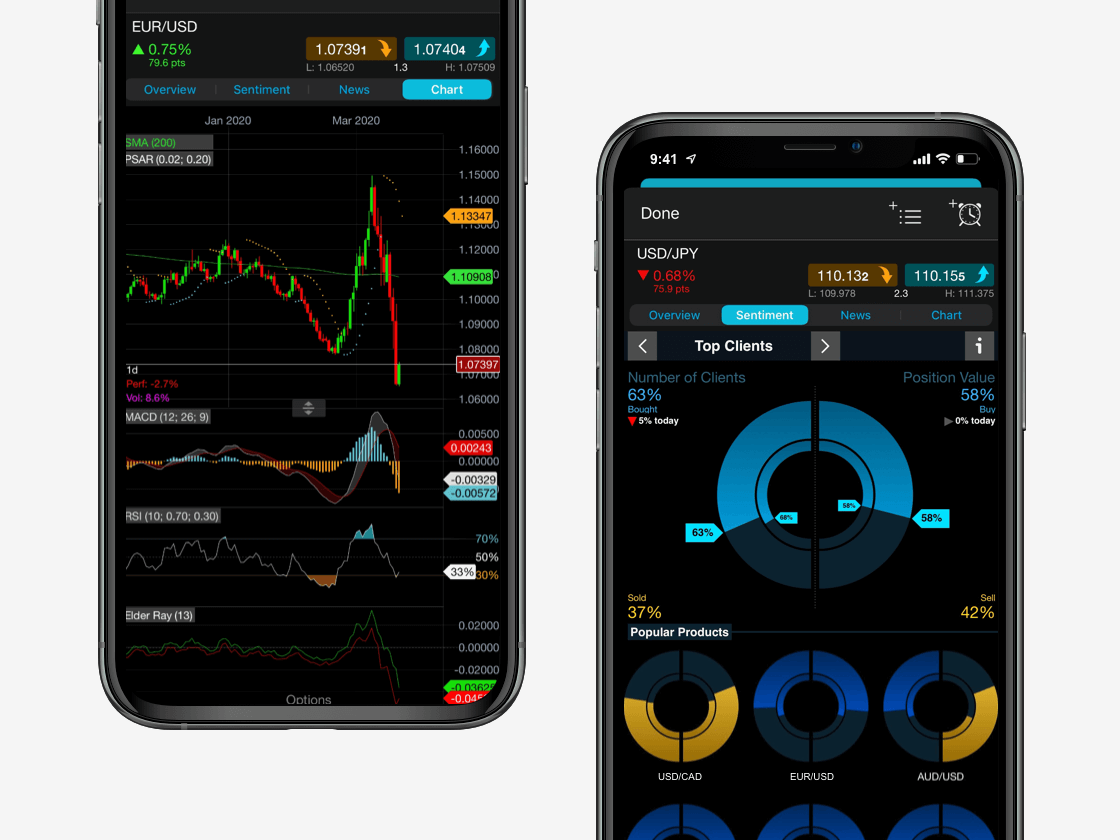Forex day trading can be profitable if trades are successful and the trader is patient and focused on analysing price charts and economic data. However, there are also numerous risks involved with this short-term strategy.
Risks involved in forex day trading mainly include a substantial loss of capital. It is generally acknowledged that trading in narrow timeframes can expose the trader to more risks. Plus, trading currency pairs on forex margin, such as with spread bets or CFD trades, can expose the trader to more risk. Margin trading requires a smaller investment, which gives traders leverage to more substantial trading volumes. The risks are greater as well, however, as the trader could end up losing more than their deposit if prices move in the opposite direction.
Unexpected news events can also cause volatility in the forex markets. During volatile market conditions, aggressive use of leverage could result in substantial losses. It is good practice to limit the amount of risk you are exposed to on each trade. For example, you could risk only one per cent of your overall trading account balance on each trade.
It is important to bear in mind, however, that stop-loss orders do not guarantee that your position will be closed out at the price you set. During volatile market conditions, prices can move from one level to another. Sometimes they skip the level in between. This is known as slippage. In this case, stop losses could execute at a worse level than what had been set, causing larger losses. Some brokers will offer what are known as guaranteed stop-loss orders in order to prevent this. For a small cost, they are guaranteed to close out your trade at the price set. These are all things to consider when opening a forex day trading account.
















